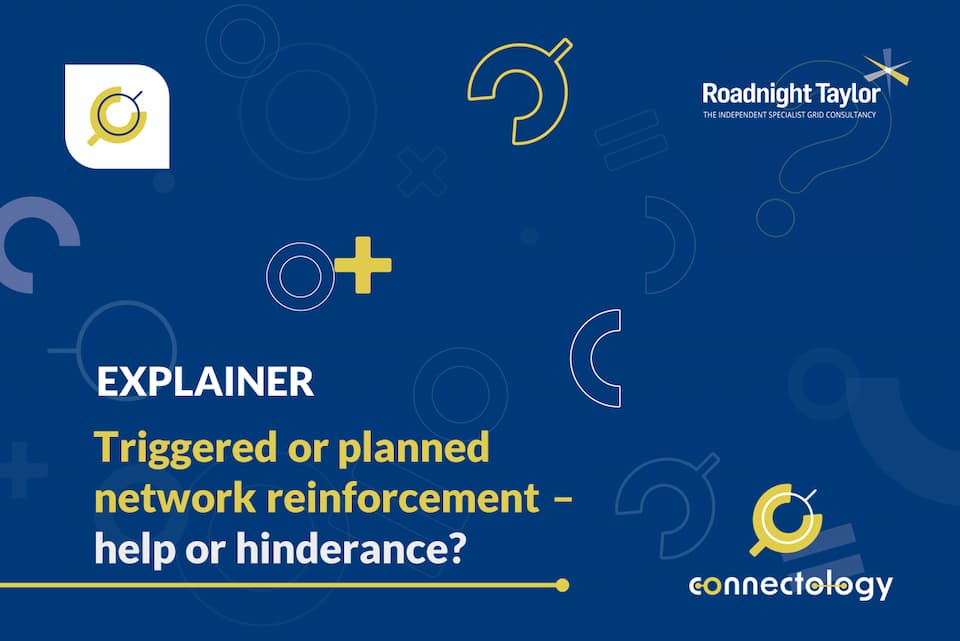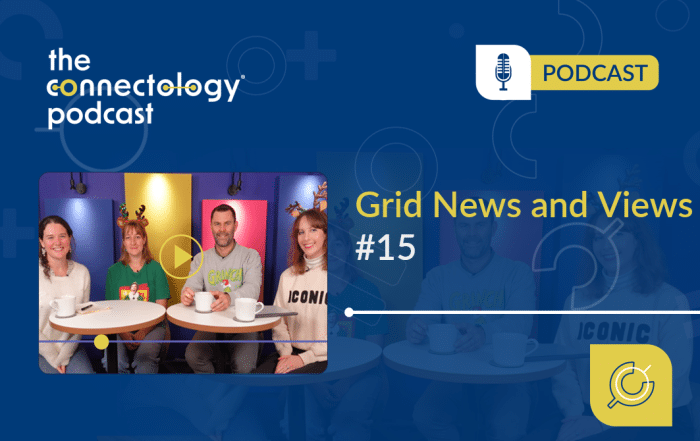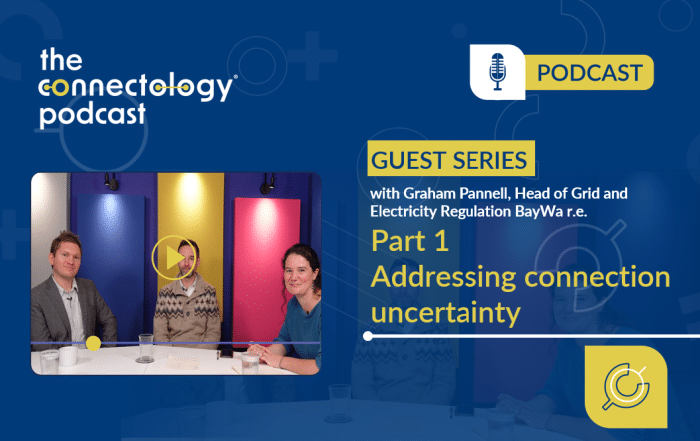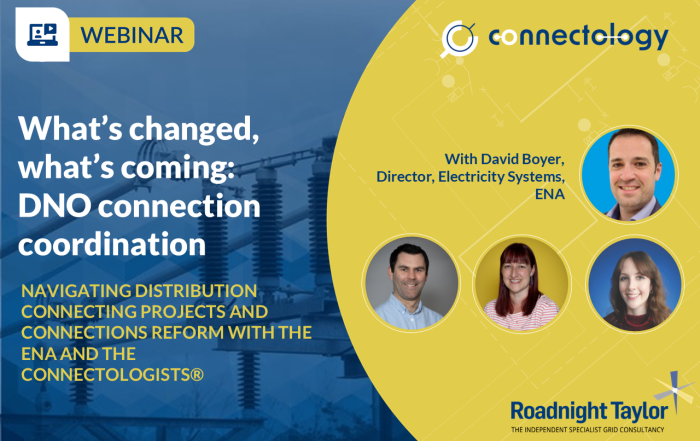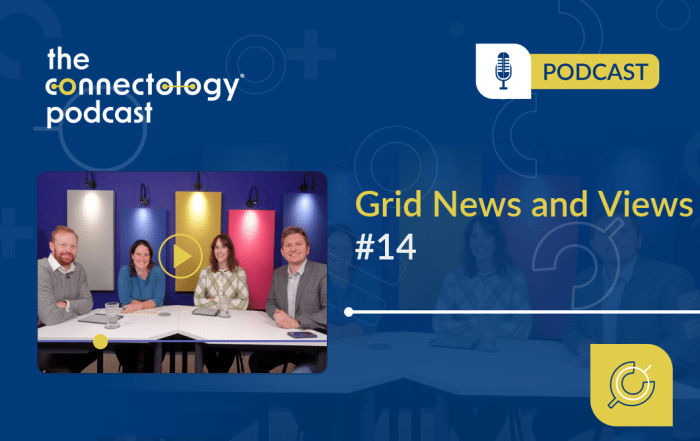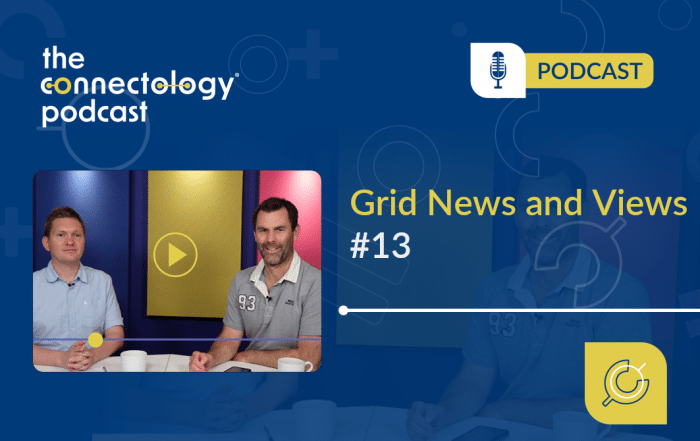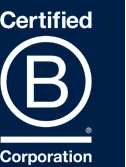Triggered or planned network reinforcement – is it a help or a hinderance?
Network reinforcement is required when electrical equipment gets overloaded. Reinforcements that have already been triggered can be either a help or a hinderance to new connections. Here we explain more.
Article by Pete Aston – acknowledged expert in networks
Pete joined Roadnight Taylor from Western Power Distribution, the UK’s largest DNO, where he was Primary System Design Manager. He led a team of sixty responsible for all connections and reinforcement of the extra high voltage network and oversight of the roll out of active network management across all four of WPD’s licence areas.
First written: 07 June, 2022. Last review: 25 June, 2025

Network reinforcement is required when electrical equipment gets overloaded. We explain how reinforcements that have already been triggered can be either a help or a hinderance to new connections.
Beneficial planned reinforcement
Schemes that have been triggered by the Distribution Network Operator (DNO) are often beneficial to new connections, because the cost of the schemes is covered by the DNO. Any capacity that is made available as a result of the reinforcement will be offered to connecting customers free of charge.
Problematic planned reinforcement
Schemes that have been triggered by other customers can be problematic for subsequent connecting customers, because the next customers to connect will need to pay a second comer charge.
Schemes that are triggered by DNOs can also be problematic if they are due to take a long time to complete.
How can Roadnight Taylor help you?
Roadnight Taylor can help you to identify areas where reinforcement schemes have already been triggered, and where this may be a help or a hinderance to a new connection.
Contact us
To find out how we can help you understand the impact of network reinforcement on your proposed grid connection, call us on 01993 830571 or send us a message via our contact form.

